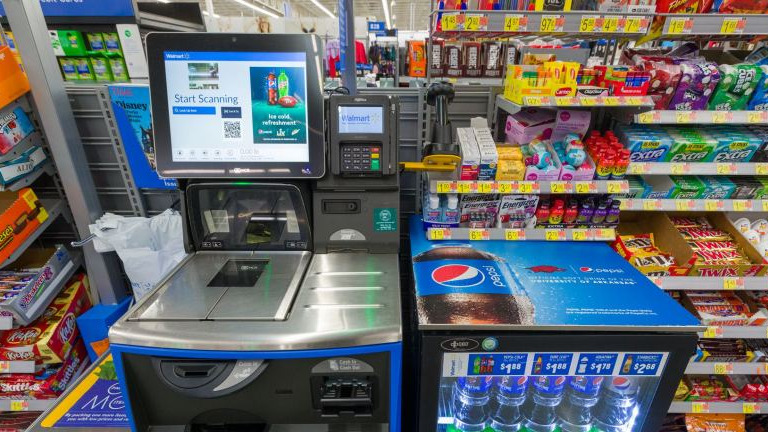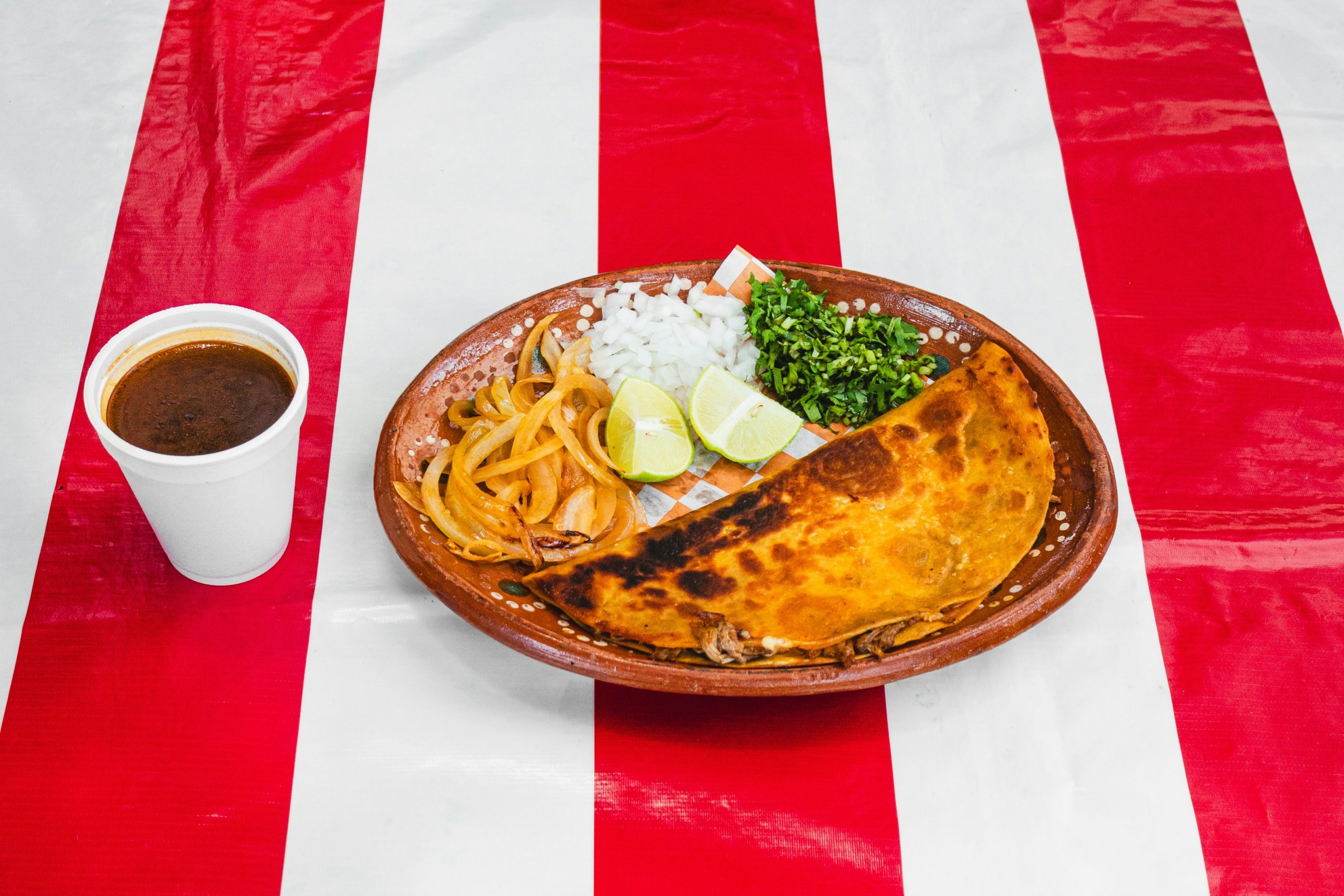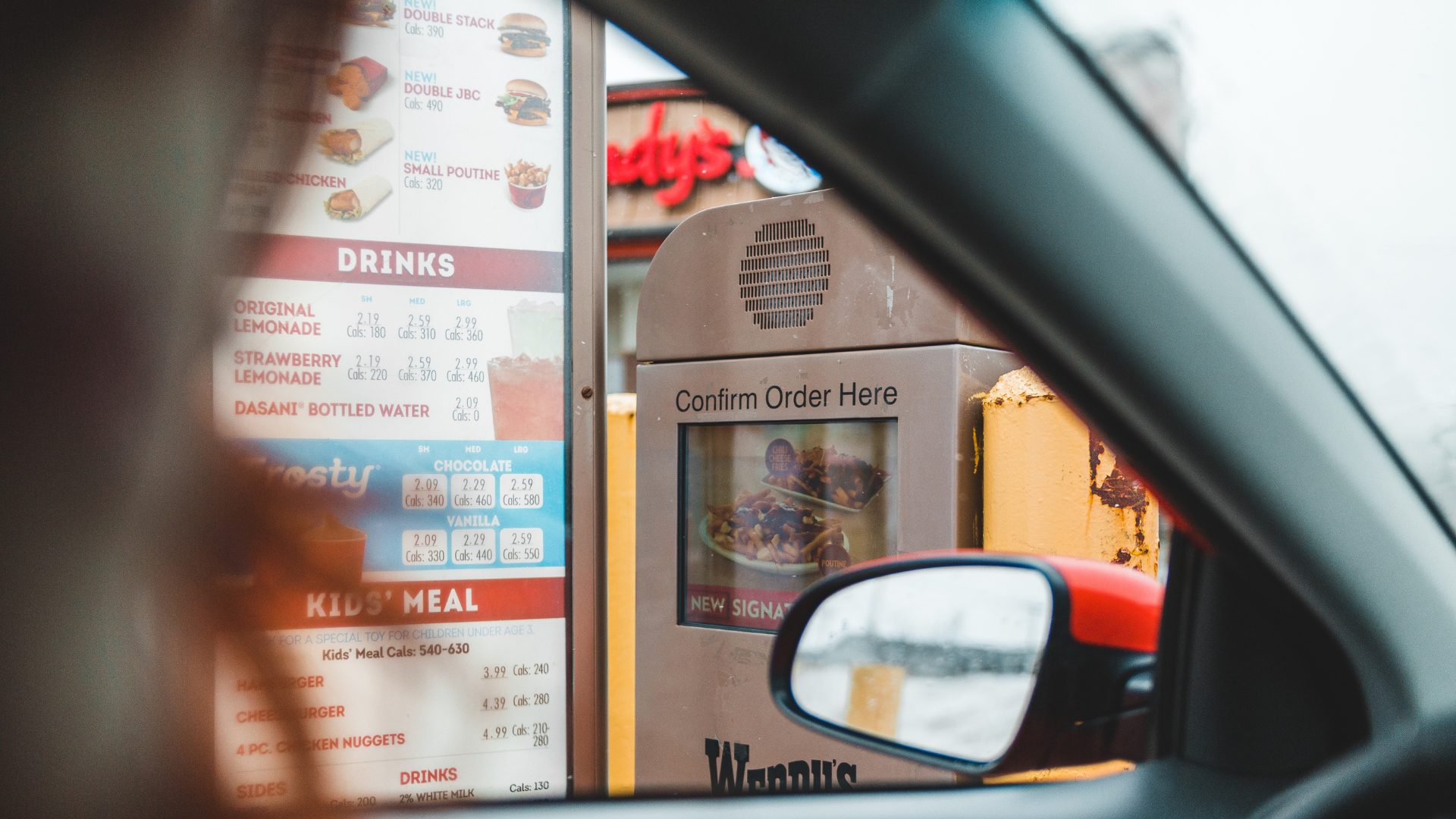As the pandemic lingers, food retail continues to feel the effects. Inflation, shifts in consumer behavior, and increasing cost pressures are all dramatically changing the future of food retail.
To help brands and retailers prepare for what’s next, The Food Institute and Placer.ai hosted a recent webinar, titled “The Future of Food Retail,” featuring insight from R.J. Hottovy, head of analytical research at Placer.ai.
Here are a few key takeaways from Hottovy’s presentation:
Consumers are visiting the grocery store less.
Hottovy reported that in the grocery sector, customer visits have been negatively impacted by inflation across the U.S. Value-priced chains, such as Aldi or Walmart Neighborhood Market, are performing best, while traditional grocers have been hit hardest.
“Superstores and warehouse clubs were really benefiting from the food category as consumers looked to stretch their budget,” Hottovy explained. “But visitation trends started to moderate in June, which tells us that maybe consumers have started to reach a breaking point.”
Instead of trading down, many consumers are trading out altogether – “a pervasive theme in the overall retail category,” Hottovy noted.
Digital innovation presents opportunities for retailers.
On a more positive note, Hottovy explained that some grocery store chains are utilizing data tools and retail media networks to target their desired customer base. These tools enable retailers to strengthen their brand from an inventory management perspective and drive traffic to their stores.
“Retailers themselves are starting to become a media network, in that they’re controlling the advertisements and working directly with their CPG companies,” Hottovy said.
Hottovy also noted that some chains, like Kroger, are experimenting with ghost kitchens and “blurring the lines between grocery and restaurants.” So far, data shows that this approach is improving foot traffic overall, as Kroger locations with ghost kitchens are outperforming the rest.
On the restaurant side, established chains such as IHOP and P.F. Chang’s are launching virtual kitchens and “to go” stores, and seeing an increase in visitation trends as a result. “That’s not just because a delivery driver is showing up,” Hottovy added. “We looked at the average dwell time, how long consumers are there, and it validated that actually consumers are gravitating toward these [locations].”
Restaurants are responding to changing consumer behavior.
Placer.ai’s data shows that with fewer consumers commuting to work during the pandemic, the time of day that they visit quick-service restaurants has changed dramatically.
At McDonald’s for example, the percentage of early-morning visits has gone down while late-afternoon numbers are increasing.
Higher gas prices earlier this summer made consumers less willing to travel to get to a particular restaurant location, causing trade area sizes to shrink. Hottovy recommends companies keep that in mind as they decide where to target customers these days. Furthermore, data shows that retailers can successfully tap smaller markets than they used to, capitalizing on equal if not greater visitation numbers and, usually, significantly lower operation costs.
“It’s really starting to change the perception of smaller markets,” Hottovy said. “So, we’re starting to see more and more food retail chains get into these smaller markets, under 100,000 people or 50,000 people.”












